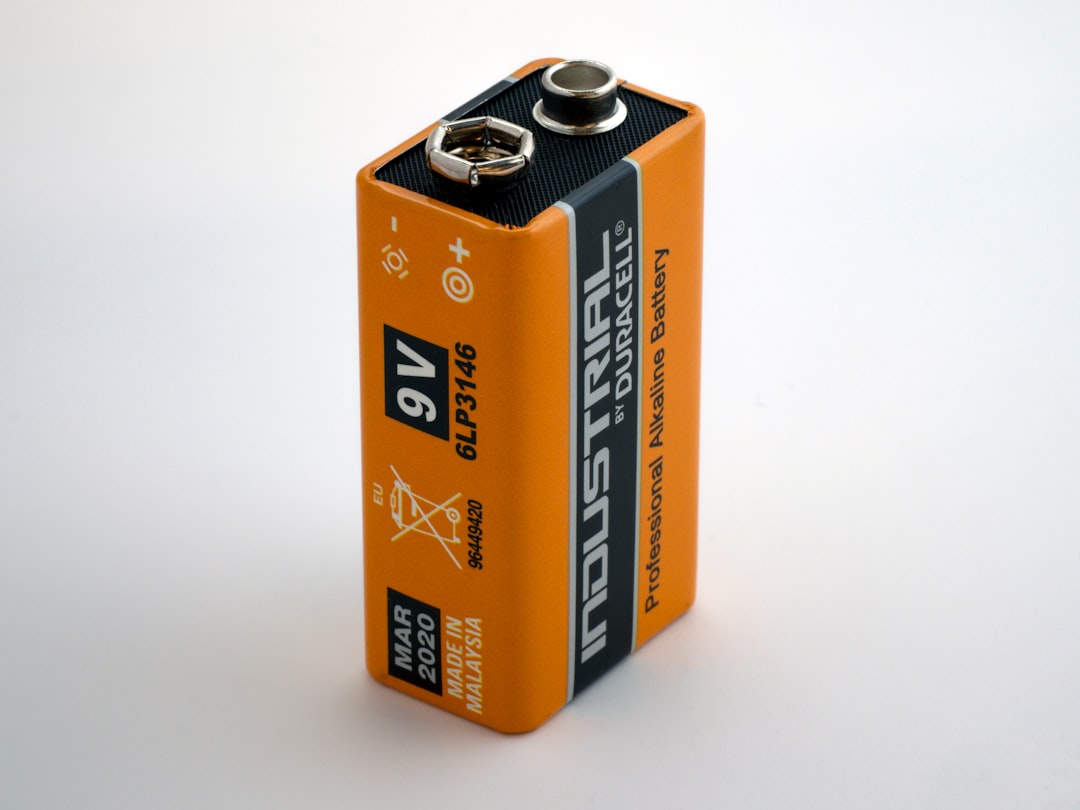What is it about?
This antenna was developed for dual-band (S-band and Ka-band) communication. In this shared aperture design, the radiating aperture is parabolic which is common for both the bands. The antenna is dual-linearly polarized in S-band and dual-circularly polarized in Ka-band. The antenna operates in the Cassegrain configuration at Ka-band and in the prime-focus configuration at S-band. A Frequency Selective Subreflector is used that allows the S-band signal to pass through it and reflects the Ka-band signal.
Featured Image

Photo by Galen Crout on Unsplash
Why is it important?
1. It is a shared aperture design. 2. The dual-polarized antenna is a state-of-the-art need for the polarization diversity application. Realization of a dual-band dual-polarized reflector with adequate bandwidth and isolation was the challenge. 3. The overall antenna operates in a dual configuration. The antenna operates in the Cassegrain configuration at Ka-band and in the prime-focus configuration at S-band. 4. The antenna is dual-linearly polarized in S-band and dual-circularly polarized in Ka-band. 5. The Frequency Selective Subreflector (FSSR) allows the S-band signal to pass through it and reflects the Ka-band signal. The metallic FSSR prevents profile degradation with time and temperature which ascertains the performance.
Perspectives
The dual-polarized antenna is a state-of-the-art need for the polarization diversity application. Realization of a dual-band dual-polarized reflector with adequate bandwidth and isolation was the challenge. The metallic Frequency Selective Subreflector prevents profile degradation with time and temperature which ascertains the performance. It ensures wide impedance bandwidth, high gain, reasonable cross-polarization, and acceptable efficiency.
Dr Satyajit Chakrabarti
SAMEER, Govt. of India
Read the Original
This page is a summary of: Development of shared aperture dual configuration antenna for S/Ka-band communication, Microwave and Optical Technology Letters, November 2015, Wiley,
DOI: 10.1002/mop.29515.
You can read the full text:
Contributors
The following have contributed to this page










